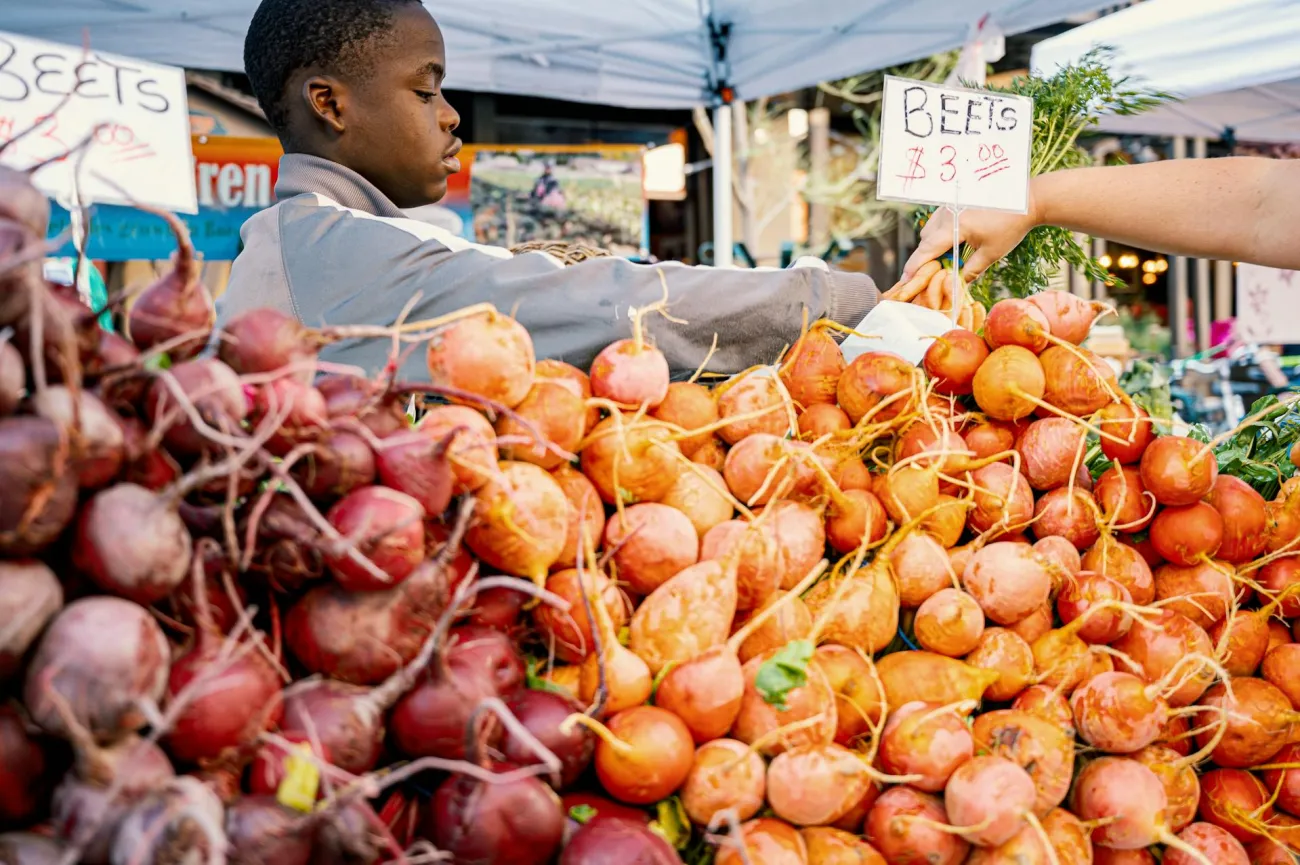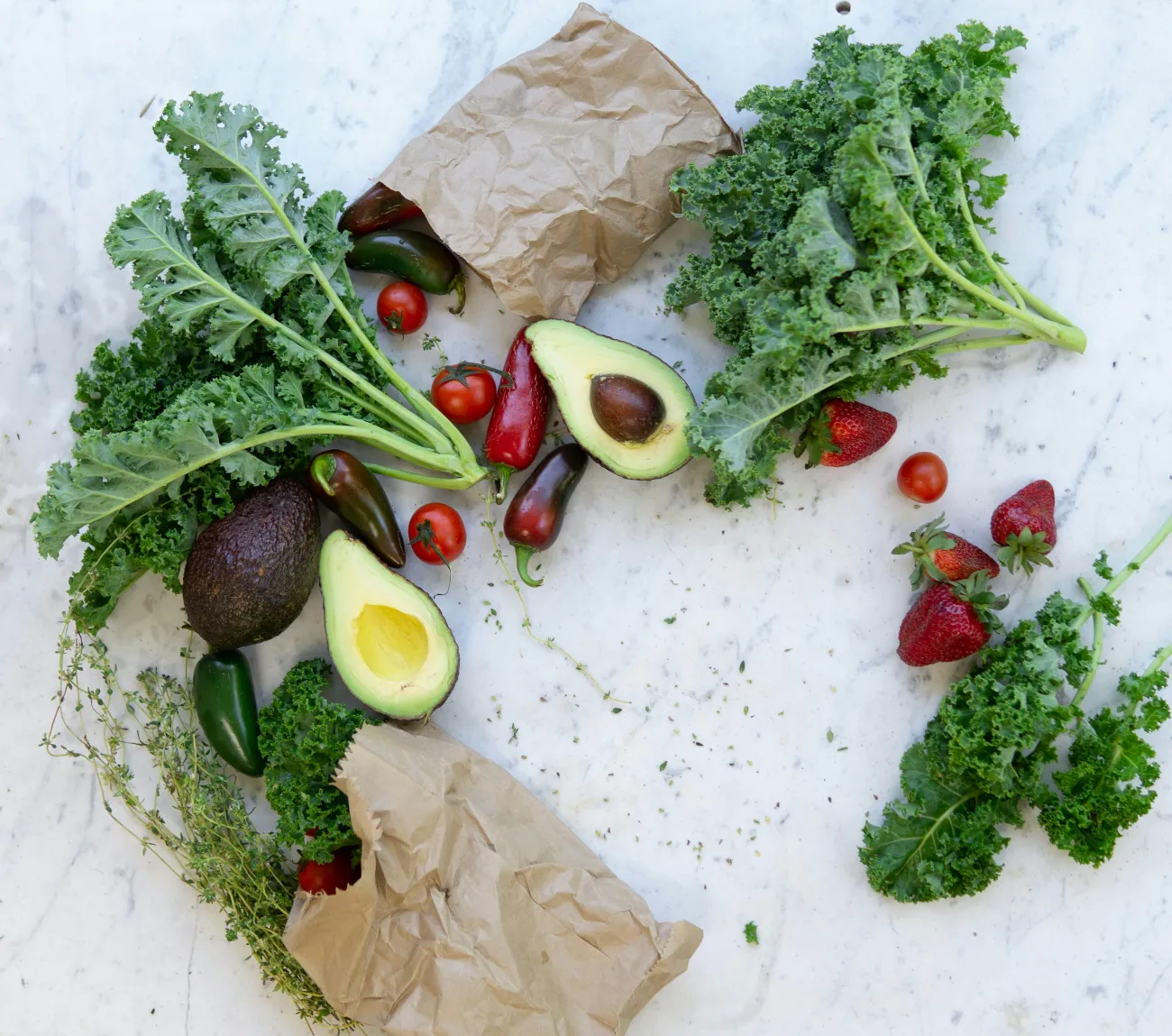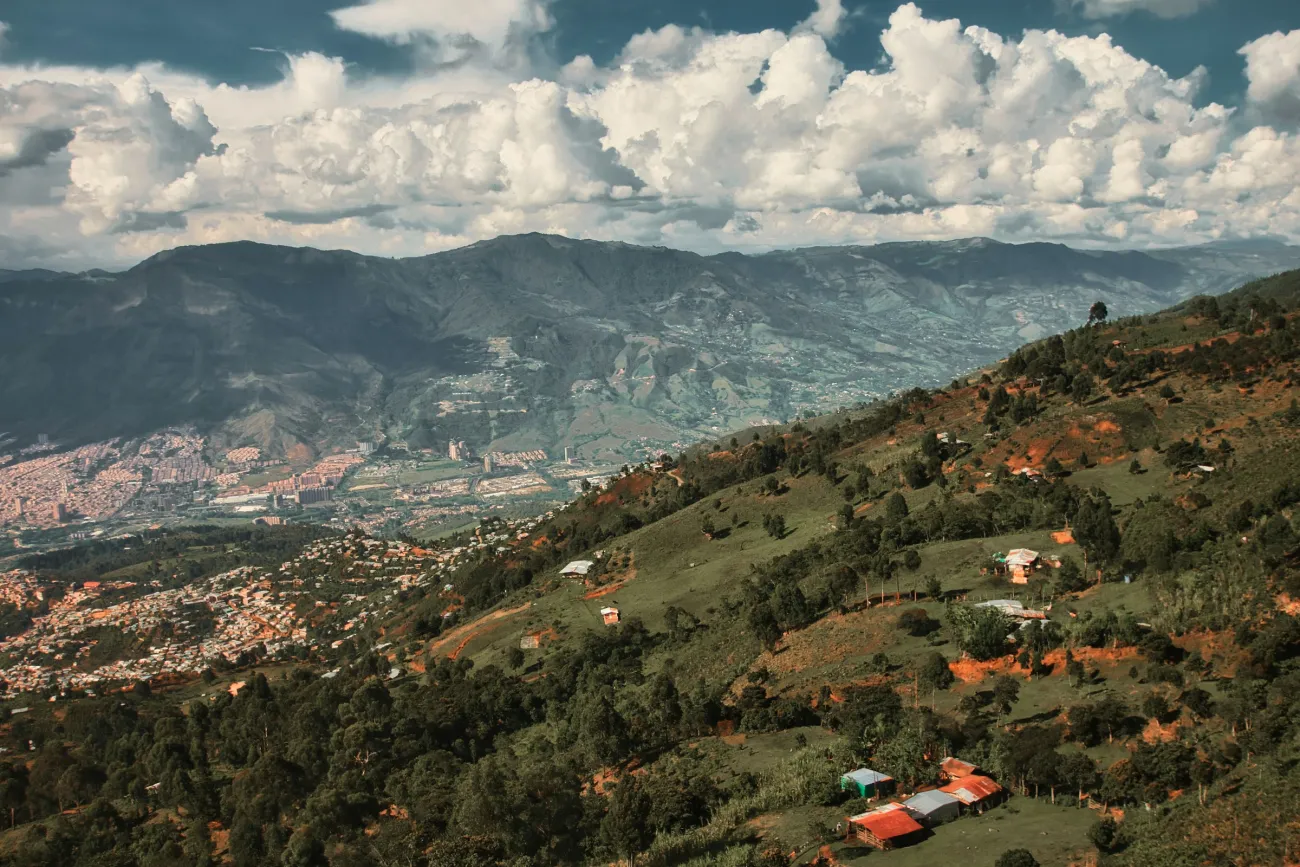
This study maps the food systems of three capital cities, providing insight for future food security on how population growth, climate change and political instability will affect the open market. The three capital cities examined (Tokyo, Canberra and Copenhagen) and their accompanying capital regions or territories were chosen because they have populations that range over two orders of magnitude, and are situated within different global, climatic and physical locations and socio-economic contexts. The analysis provided is intended to provide a better understanding of the effects of a globally coupled food system.The study finds that higher farmland yields over the past 40 years have influenced the cities’ self-provisioning (defined in the abstract below), but overall the ability of cities to feed themselves is unlikely to keep pace with increasing population. In the capitals of Australia and Japan, where the population has increased greatly, self-provision has declined, despite the increase in yield of agricultural land per hectare. The study shows that as more than half the human population lives in or near cities, global food transport has increased. Furthermore, if climate change comes to have a large effect on food production and other parts of the food chain, there is a need for cities to invest more in new production methods such as urban agriculture.
Abstract
Most people live in cities, but most food system studies and food security issues focus on the rural poor. Urban populations differ from rural populations in their food consumption by being generally wealthier, requiring food trade for their food security, defined as the extent to which people have adequate diets. Cities rarely have the self-provisioning capacity to satisfy their own food supply, understood as the extent to which the food consumed by the city's population is produced from the city's local agro-ecosystems. Almost inevitably, a city's food security is augmented by production from remote landscapes, both internal and external in terms of a state's jurisdiction. We reveal the internal and external food flows necessary for the food security of three wealthy capital cities (Canberra, Australia; Copenhagen, Denmark; Tokyo, Japan). These cities cover two orders of magnitude in population size and three orders of magnitude in population density. From traded volumes of food and their sources into the cities, we calculate the productivity of the city's regional and non-regional ecosystems that provide food for these cities and estimate the overall utilised land area. The three cities exhibit differing degrees of food self-provisioning capacity and exhibit large differences in the areas on which they depend to provide their food. We show that, since 1965, global land area effectively imported to produce food for these cities has increased with their expanding populations, with large reductions in the percentage of demand met by local agro-ecosystems. The physical trading of food commodities embodies ecosystem services, such as water, soil fertility and pollination that are required for land-based food production. This means that the trade in these embodied ecosystem services has become as important for food security as traditional economic mechanisms such as market access and trade. A future policy question, raised by our study, is the degree to which governments will remain committed to open food trade policies in the face of national political unrest caused by food shortages. Our study demonstrates the need to determine the food security and self-provisioning capacity of a wide range of rich and poor cities, taking into account the global location of the ecosystems that are provisioning them.
Citation
Porter, J.R., Dyball R., Dumaresq D., Deutsch L., Matsuda H., Feeding capitals: Urban food security and self-provisioning in Canberra, Copenhagen and Tokyo. Global Food Security, 2013
To read the full article click here. You can also read a coverage of the article on the University of Copenhagen website here.
You can find resources on trade in relation to food and climate here and read more about food policy here. For information about urban food production (urban agriculture) see here. You will also find studies related to population-growth here.




Comments (0)